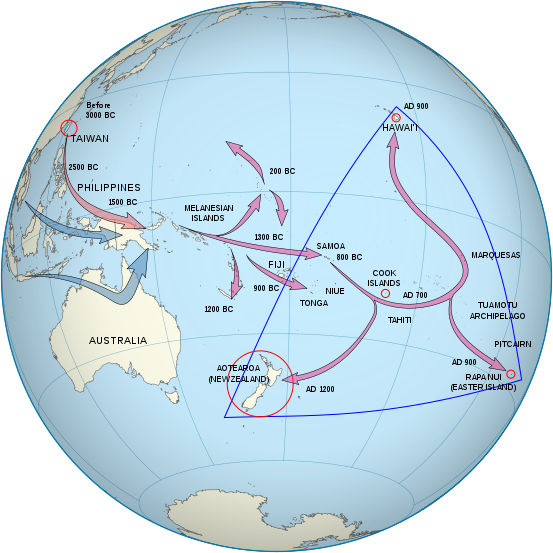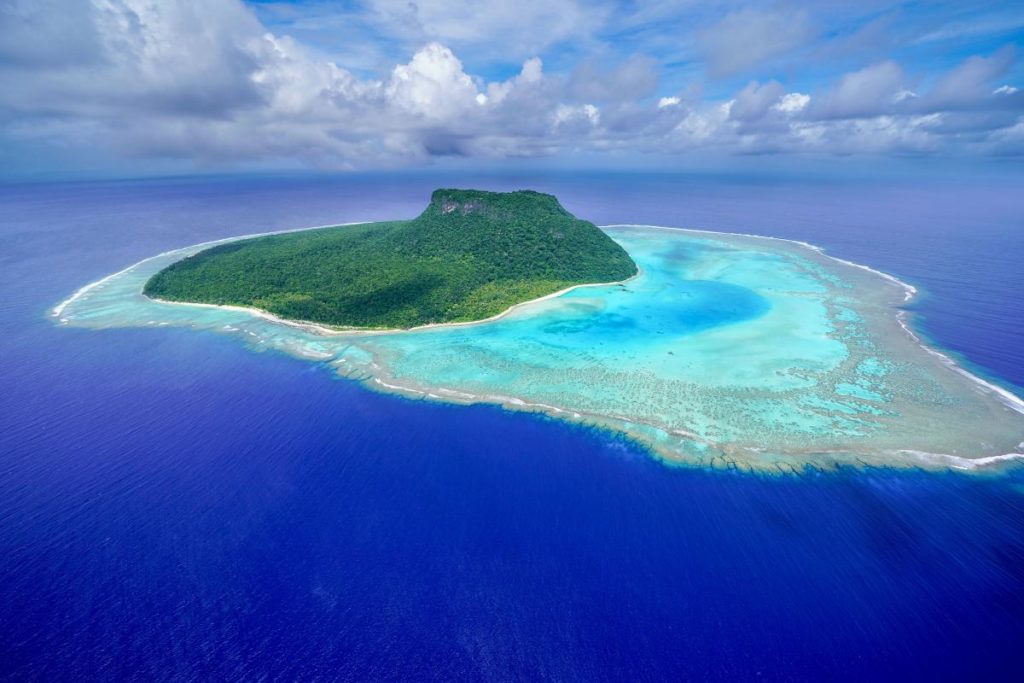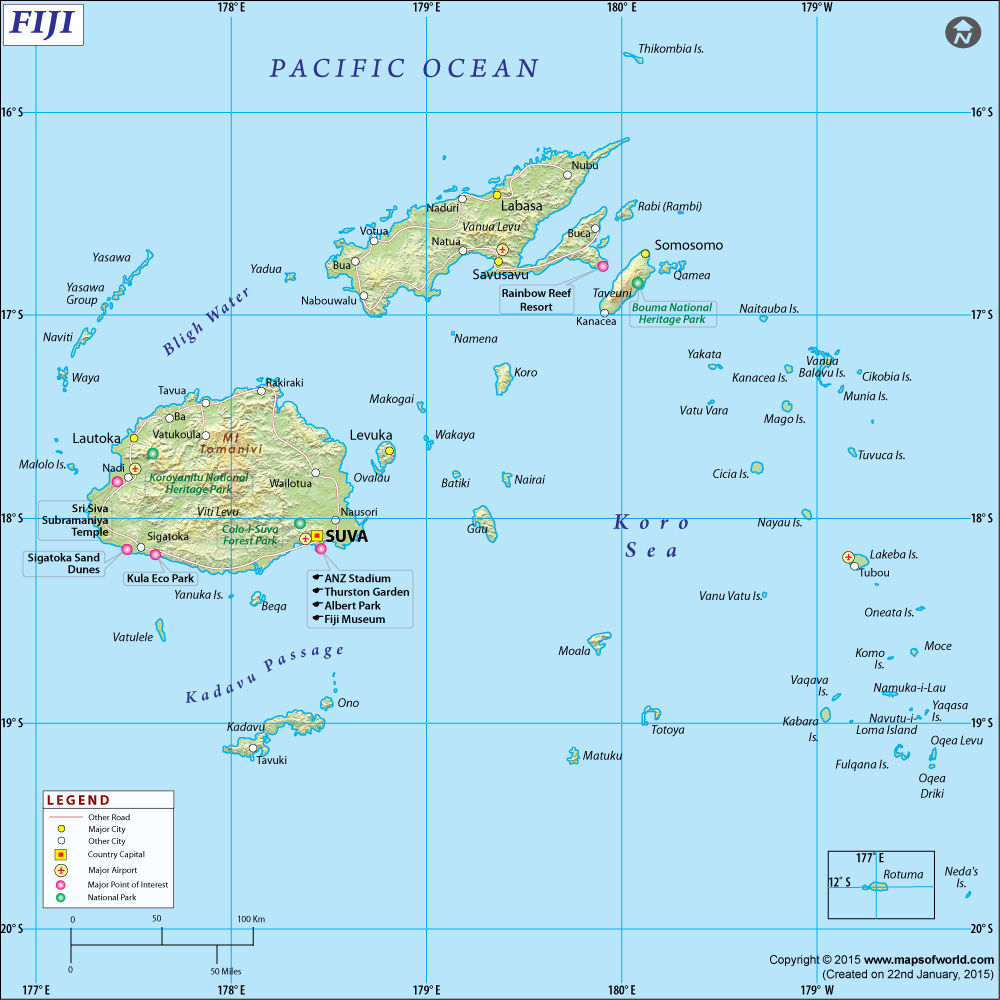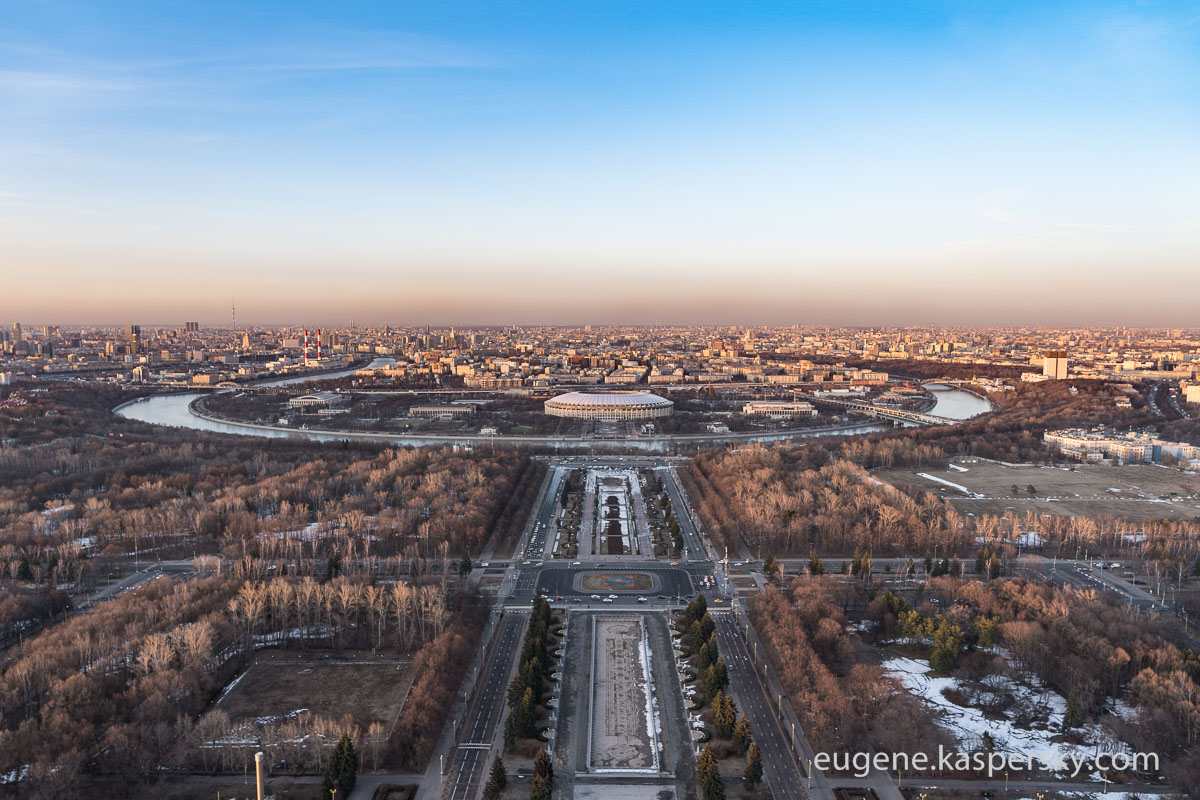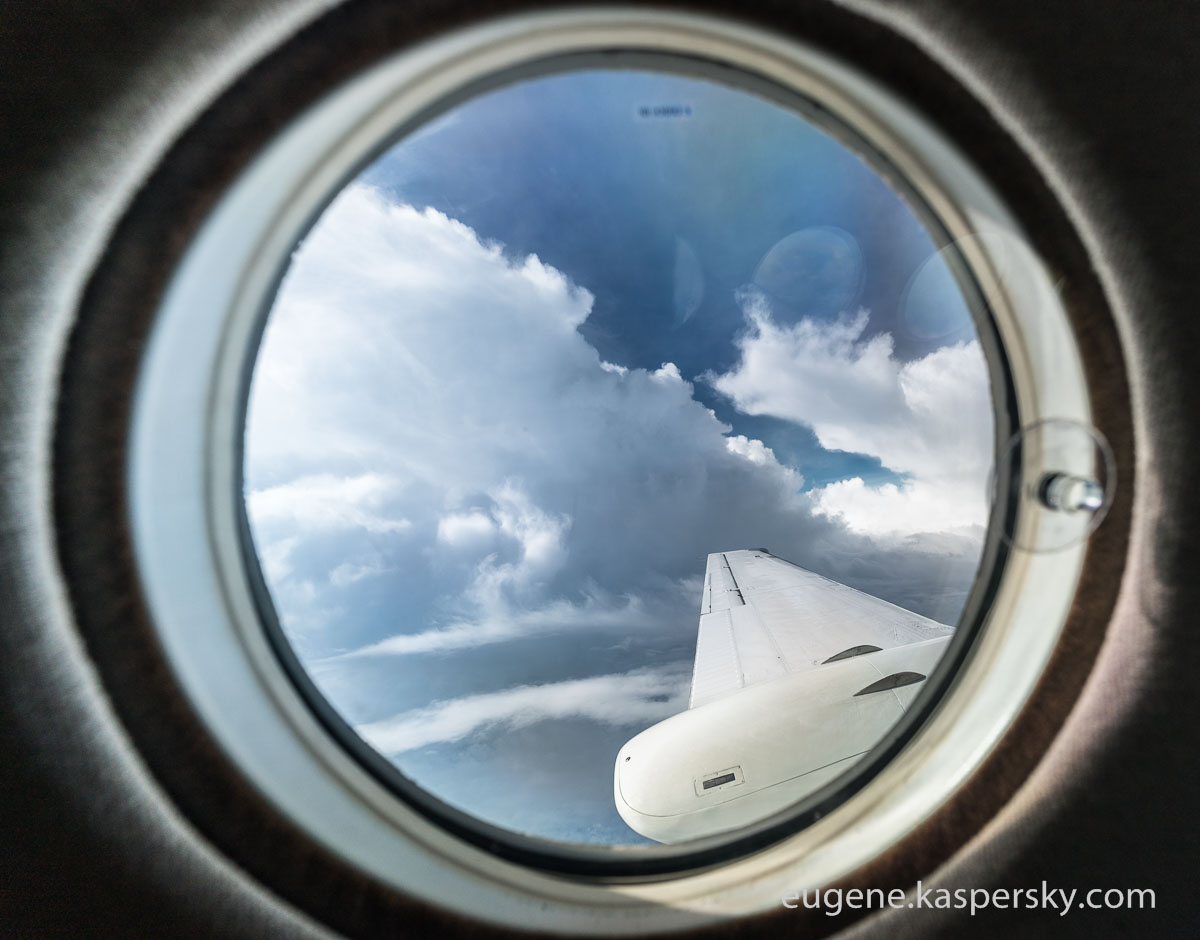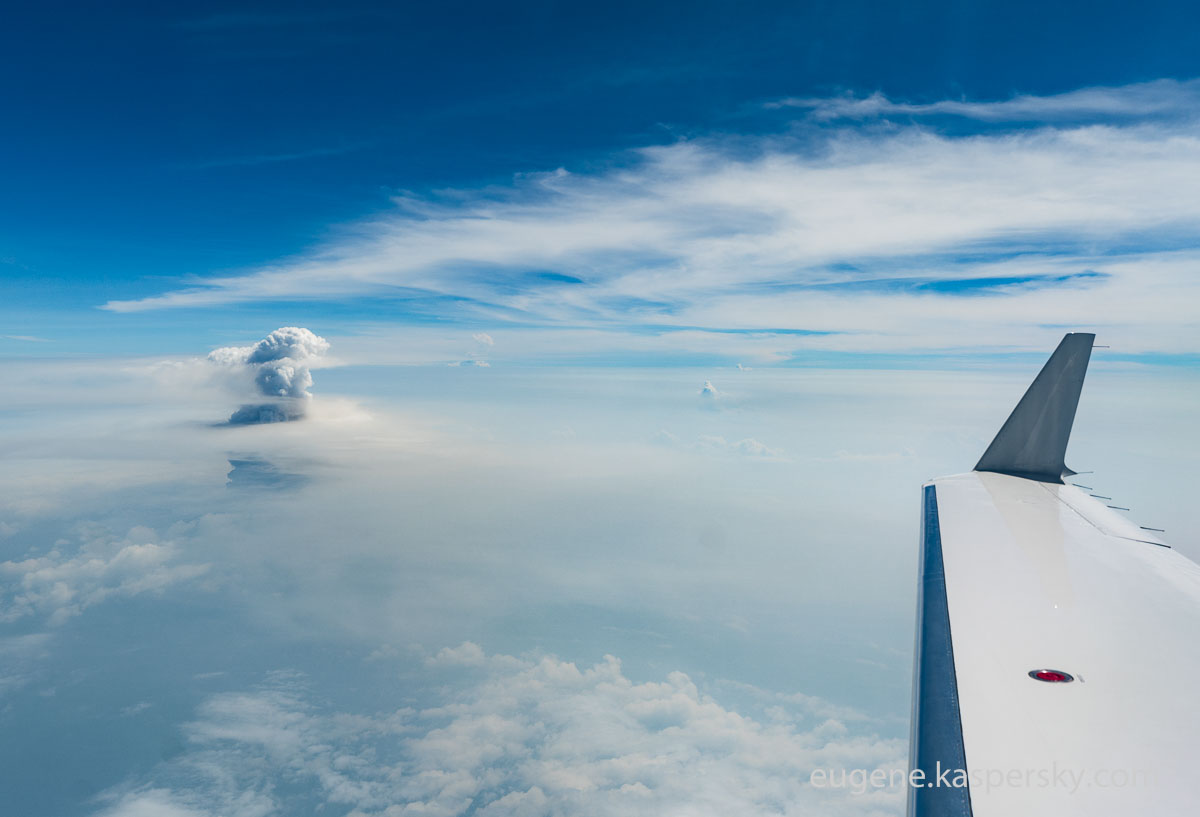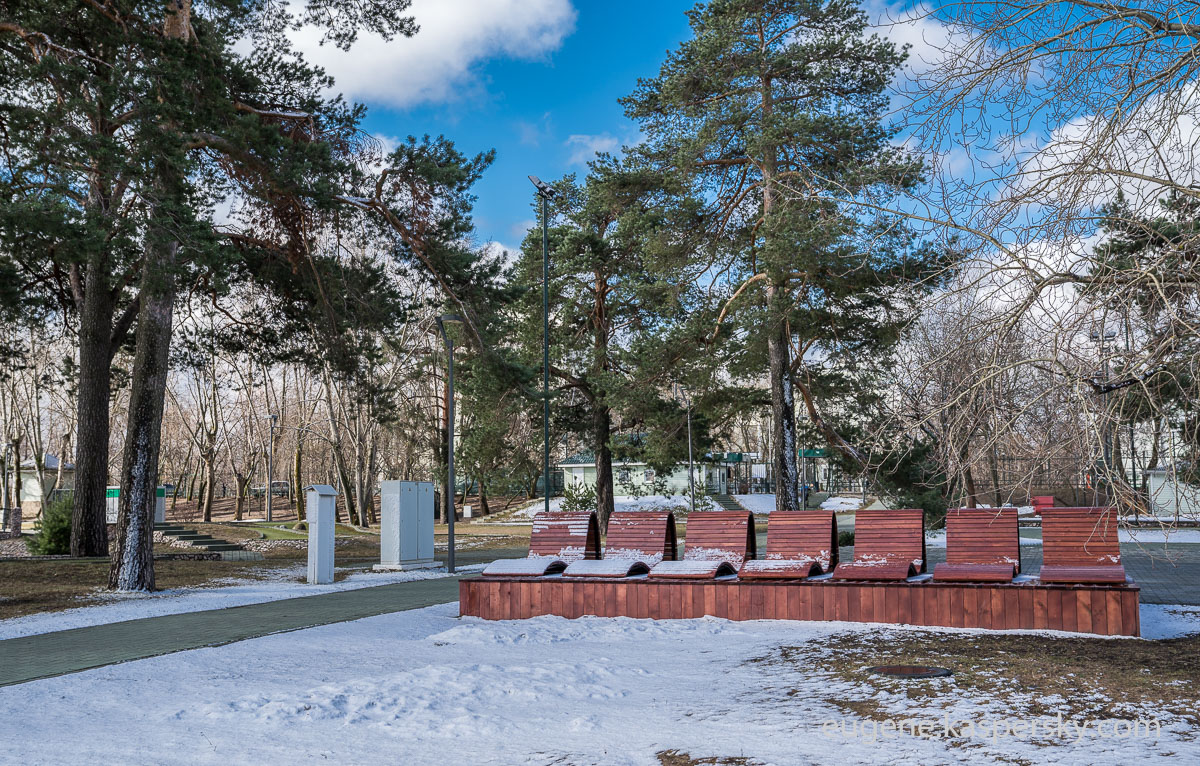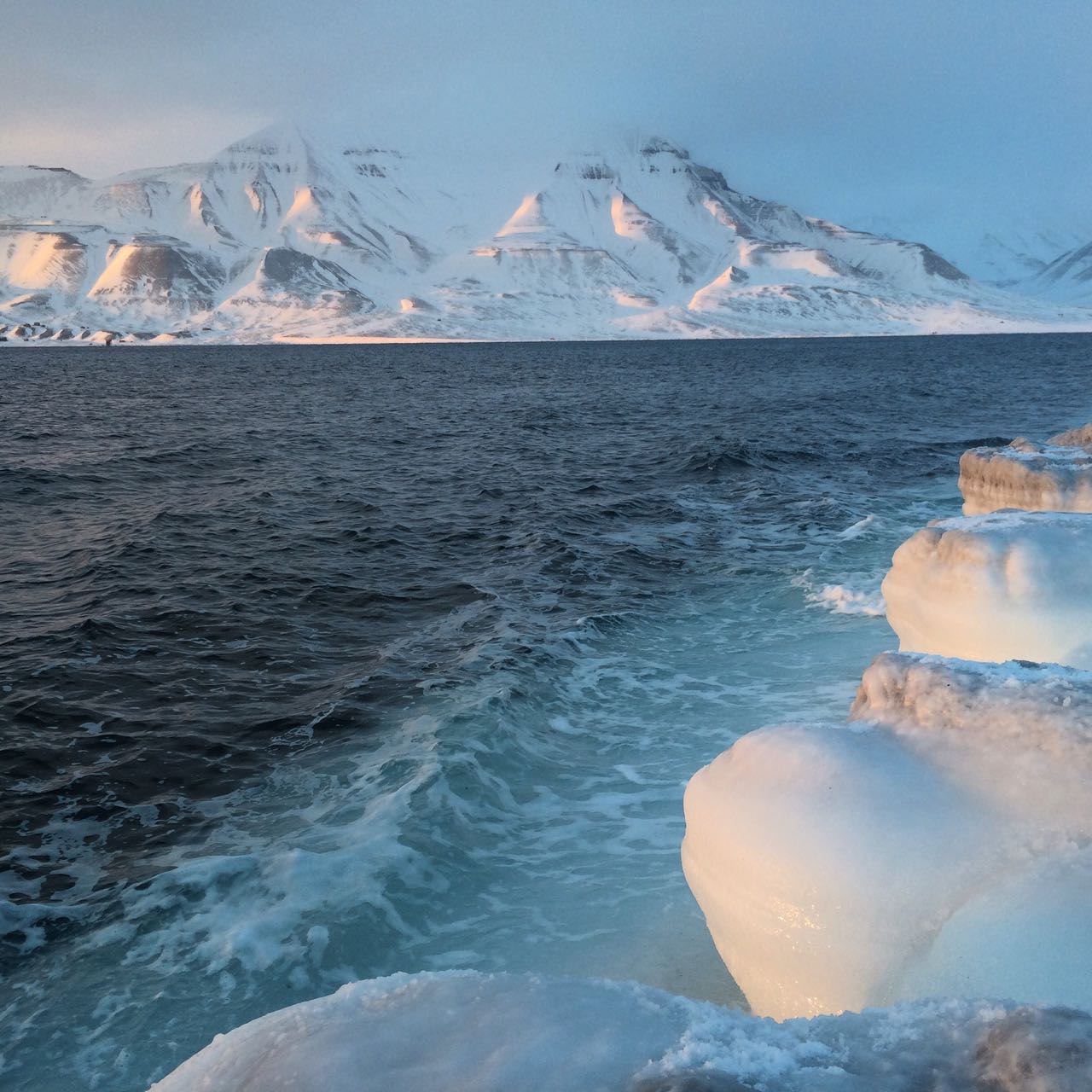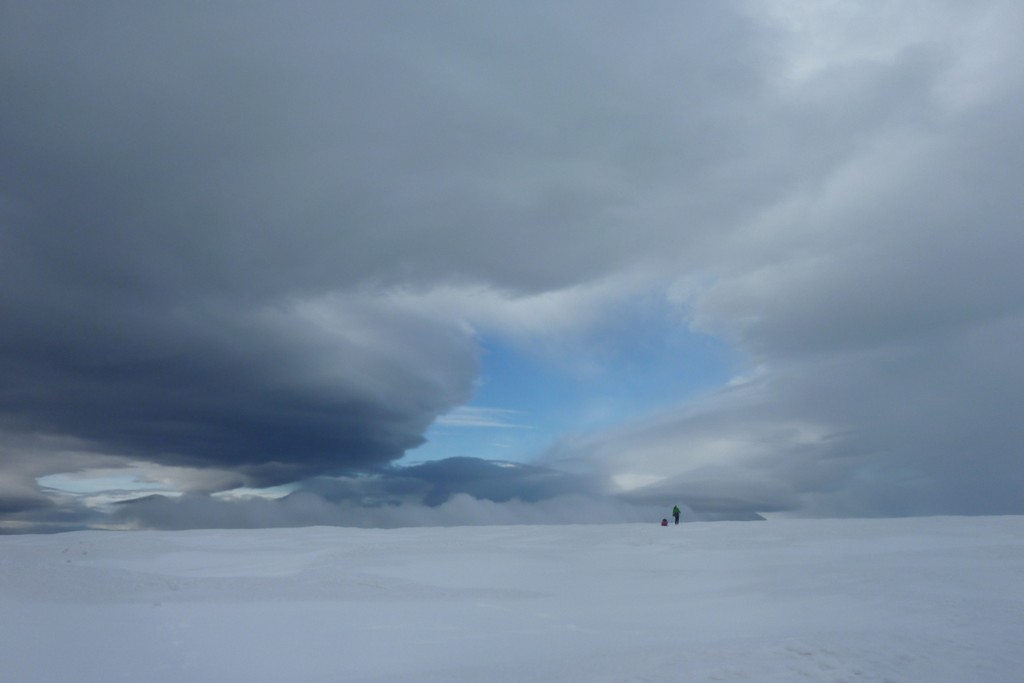May 10, 2018
Photo-quiz: where were these pics taken – the Arctic or Antarctica?
Hi Folks!
As promised, herewith, a rewind back to all things polar… – but with a twist. It’s not a full-on description of what I was doing recently up at the North Pole, or why; that, I’m sure (if I do ever get some free time, finally!), will come later.
No, this post is a bit of fun. Why fun? Because I’ve been on the road for three weeks now, visited 10 counties/territories in the process, and think I – and by extension you – need a little fun. (And I need to get home fast too to recharge my batteries, catch up on sleep, and lower the levels of adrenaline in the bloodstream.)
So, fun?…
Yes: for this here post is a quiz. Just that in itself is a twist (since when has a whole post of mine been nothing but a quiz?). But there’s more twistiness: it’s a purely visual quiz – as in, all questions relate to photographs (taken be me). No wordy brainteasers.
Ok, now, the word in bold above gives the game away to some extent as to what these pics are of (and, thus – what this quiz is about), but, and here’s even more twistiness: it just so happens that this quiz, based on these pics, isn’t just about the North Pole. It’s also about the South Pole, since, handily, I’ve been to both. And since I don’t know many folks who have been to both the top and the bottom of the world – and in fact none who are also photography freaks like me – well, I thought I’d capitalize on this rare lucky combination and have a bit of fun with it. Crikey, that’s a long intro to explain just what this post is about!
Ok, long explanation over, let me put it another, laconic, way: this is a visual quiz where you have to work out where all the following pics are taken: near the North Pole in the Arctic, or near the South Pole in Antarctica. That’s it! (What could be simpler?:)
Oops, nearly forgot: there are four non-visual questions in this quiz too. They are:
- How do you get to the North Pole?
- How do you get to the South Pole?
- Why would you want to get to the North Pole?
- Why would you want to get to the South Pole?
I’ve quite a few different answers to those four (they’ll come in a later post), but I’m just curious as to what you might come up with. Maybe your answers would be way cooler than mine?
Anyway, without much more of ado, let’s get this polar quiz started:
- To start with, two of my fave polar pics. No guessing needed for these two; they’re just a warm-up:
Btw: you won’t believe how far those mountains in the background on both pics are. Ok, you can guess those distances too ).






